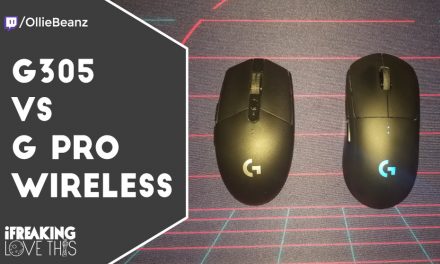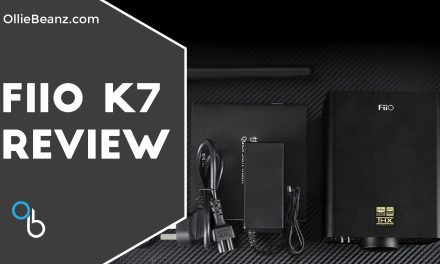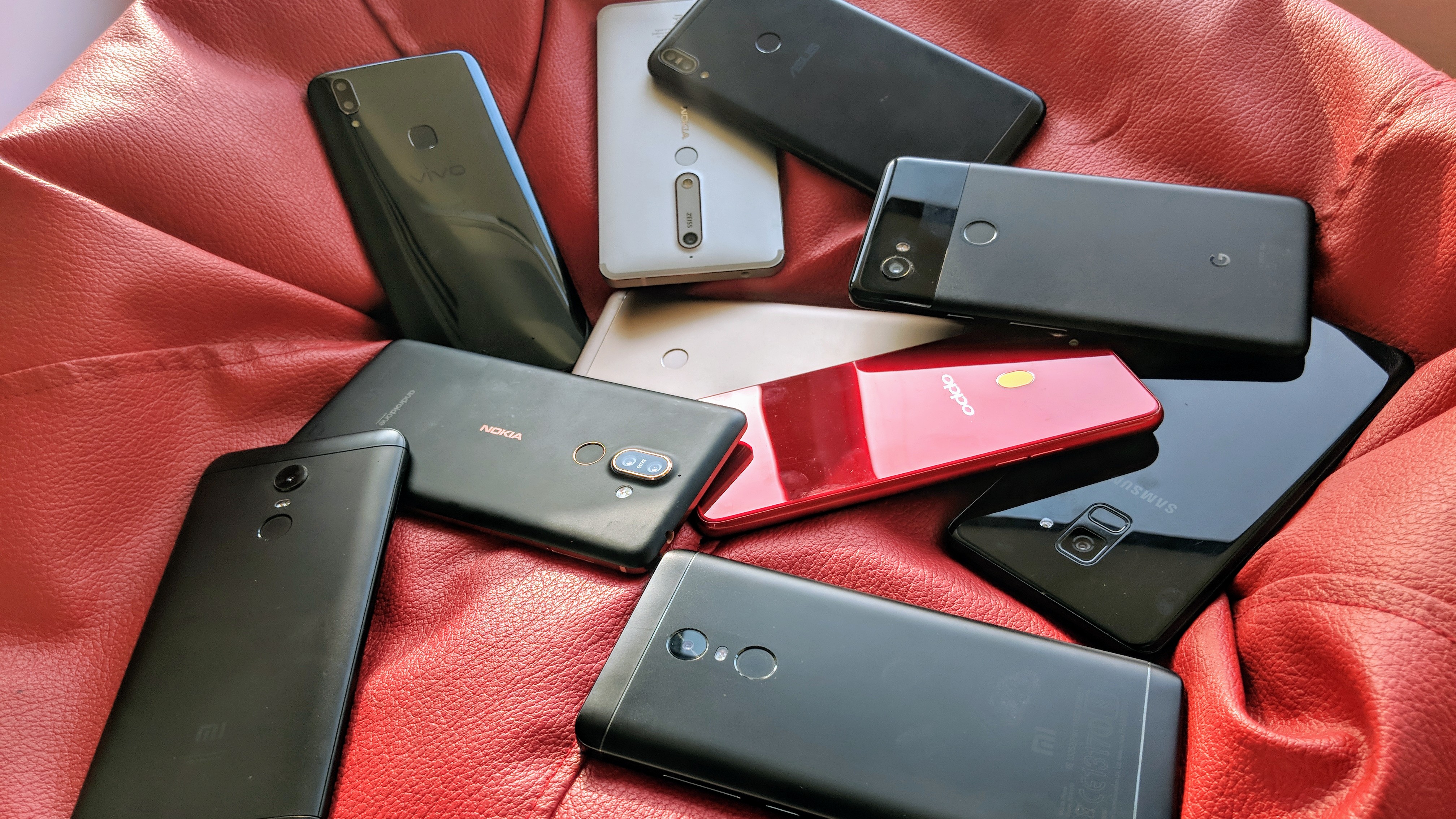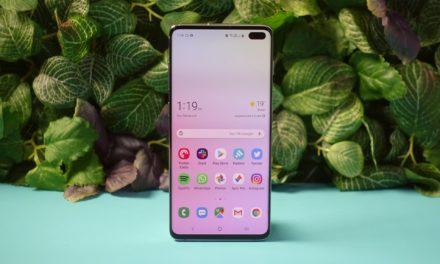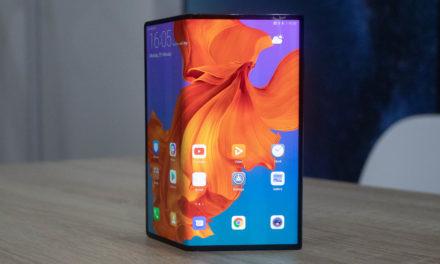
Korean smartphone vendors lead 5G market share compared to Chinese rivals
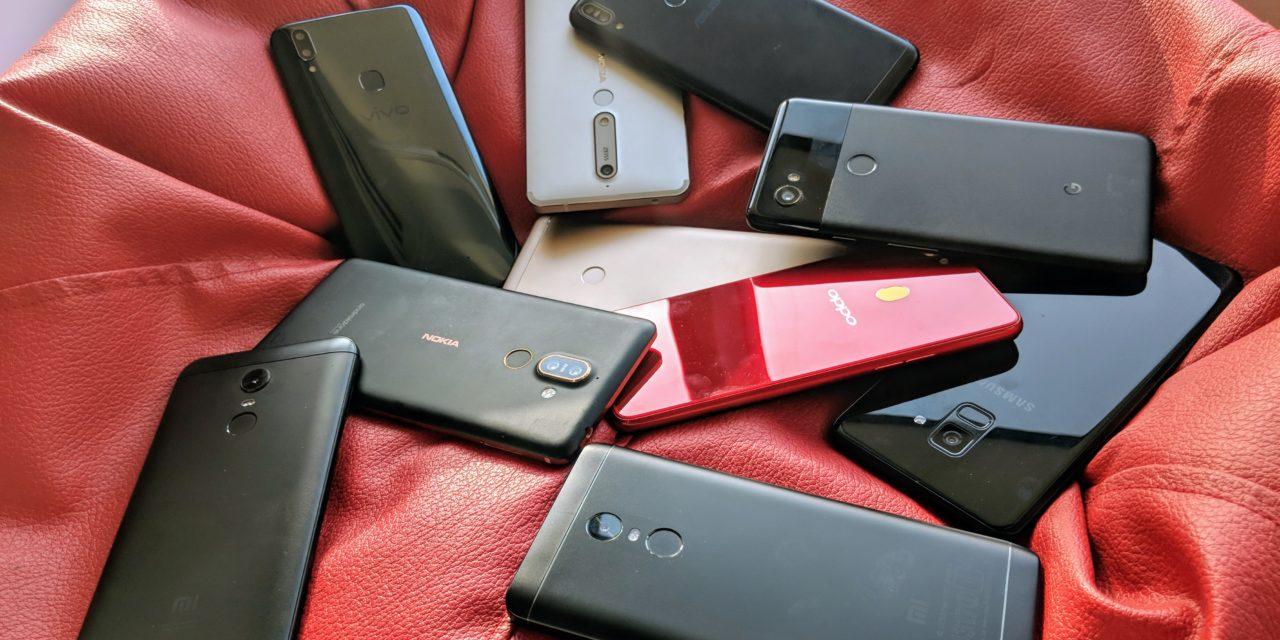
Even though Chinese vendors account for more than half of the global smartphone market, their share in the 5G market is still way behind the South Korean vendors as of the third quarter.
Samsung and LG are in a commanding lead in the nascent 5G smartphone market with 84% market share while Chinese vendors such as Huawei, Oppo, Vivo and Xiaomi had only 16% total share.
Samsung’s shipments more than doubled in the third quarter to 3.2m compared to 1.5m units in the second quarter while LG’s shipments increased from 300,000 to 400,000 in the third quarter.
The main factor for the growth of Samsung and LG was due to South Korea’s wireless operators commencing 5G services in April.
Samsung accounted for three-quarters of worldwide shipments in the third quarter, representing 74% of the 4.3m unit shipments during the third quarter but its market share fell from 83% share in the second quarter as many Chinese vendors launched their devices after the second quarter.
Gerrit Schneemann, senior analyst for smartphones at IHS Markit, said that Samsung came out of the gate running in the initial stage of the 5G smartphone business and moved quickly to fill out its 5G smartphone line, giving it the largest portfolio of any brand.
Both Samsung and LG, he said have offered aggressive promotions in South Korea, allowing them to quickly claim the top market share positions.
- Honor eyes 4.5m smartphone sales in Middle East and African markets this year
- Higher price, fewer models and brands pose challenge to adoption of 5G smartphones in Gulf
- Change in product strategy helps Samsung increase its market share
Samsung has more 5G models than others
Samsung currently has five 5G models in the market, leading all OEMs. The Galaxy Note 10 Plus 5G was the leading 5G model in the third quarter, shipping 1.6 million units.
Jusy Hong, smartphone research and analysis director at IHS Markit, said that Samsung is integrating 5G connectivity in a broad range of devices, from the Galaxy A90 to the Galaxy Fold 5G.
Shipments from Chinese OEMs stood at 700,000 units in the third quarter.
Hong said that the small share of the Chinese vendors is due to the fact their 5G models were mostly shipped to overseas markets, where the majority of smartphones these OEMs sell are mid-range and low-end devices and they don’t enjoy the same level of recognition as high-end brands, which consumers believe they can trust to be suppliers of first-generation 5G devices.
Having said that, he added that as 5G services in China begin to roll out, 5G smartphone shipments from Chinese OEMs will start to increase significantly.
Furthermore, he said that Samsung is a non-factor in the Chinese smartphone market, eliminating a key competitor for the domestic brands as its share is less than 1%.
Average 5G smartphone price is three times higher
The research firm IHS Markit expects 13.5 million 5G smartphones to be shipped this year.
Moreover, one biggest hurdle is the higher prices of 5G smartphones when compared to LTE devices.
The average price of a 5G smartphone in the second quarter was $1,153 and it dropped slightly in the third quarter to $994. However, the pricing range is becoming more diverse, with some OEMs targeting high-end prices around $600 for their 5G phones, while flagship devices like the Galaxy Fold push pricing ever higher.
Although the prices have declined, the average 5G smartphone price is still more than three times higher than the average smartphone price of $309 in the third quarter and is far too high to generate larger sales volumes.
As more telecom operators launch 5G networks next year, the devices will get cheaper and a broader range of 5G-enabled devices will soon be available as chip makers expand their 5G connectivity options beyond flagship hardware to reach mid-range devices.
The research firm expects 5G smartphone demand in 2020 to reach 253m units globally.
Source:: TechRadar Portable Devices



